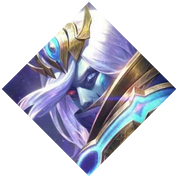
It’s been almost four years since Valorant breached into the FPS genre and it stood the test of time with ever-growing player numbers and a thriving esports scene. With its unique art style and gameplay, it became the stepping stone for newcomers to the genre who are unfamiliar with the fundamental systems of the game, with Ranked being the most impactful on progressing with your skills and overall player experience.
This is a good opportunity for you to delve deeper into the intricacies of Valorant as we’ll explore how the ranked system works; from the tiers to the progression and rewards as well as a couple of frequently asked questions about the system.
Valorant's ranked system operates on a tier-based structure, wherein players progress through ranks subdivided into tiers. After each match, players gain or lose Rank Rating (RR), striving to accumulate 100 RR to advance to the next tier.
There are nine distinct ranks in Valorant, each with the exception of Radiant, divided into three tiers, with tier three being the highest.
Now, let's delve into the characteristics of every rank and examine the percentage of total players within each:

Iron is the bottom of the barrel for Valorant players as it’s the lowest rank one could achieve. It’s often riddled with newcomers who are just getting acquainted with the game so don’t expect high level play, or even low level for that matter. If you’re placed here, don’t fret; the long journey ahead will only be a path of improvement. Embrace the learning curve and enjoy the process of honing your skills!
Make sure to head over to our storepage and grab a premium Iron smurf Valorant account.

This is the casual playground of ranked. Bronze predominantly comprises players who can land a few shots but have yet to grasp the game's fundamentals fully. Many find themselves stuck in this tier after countless games with no payback or progression, fostering a toxic mindset about the game as they feel the outcome is always beyond their control and often resort to blaming their teammates at every opportunity. Your ticket out of the Bronze Abyss is simply getting a hold of the basics, no need for crazy lineups or flashy crosshairs. Hop on the practice range and get familiar with guns, aim, and crosshair placement and you’ll be out of Bronze in no time.
If the unbearable Bronze lobbies are too much for your mental and skill development, but the prospect of going over 20 more games on a new account just to unlock ranked play seems daunting? Consider exploring our selection of Bronze Valorant accounts that come with a lifetime warranty and instant delivery, providing you with the opportunity to resume your climb in no time!

If you were to survey a random person in the street about their Valorant rank, chances are they’d land in **Silver **(especially since all the Diamond+ players are busy racking up 10 hours of ranked trying to reach Radiant).
This is where you’ll most likely be placed if you’ve got prior experience with similar FPS games and want to dip your toes in Valorant.
However, Silver is the most notorious for its bad game quality, amplifying the Bronze toxicity to overdrive, mostly due to players down here overestimating their skills simply because they’ve moved up from Bronze.
If you find yourself in Silver, there’s ample room for improvement; Polish that aim a bit and get a thorough understanding of maps, callouts, game economy, and utilities to strategize effectively.
Snag a Silver Valorant account from our store.
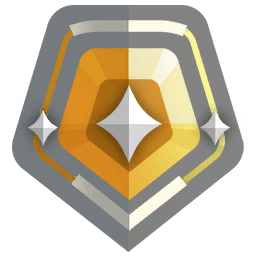
Gold serves as the middle ground for casuals as it isn’t that difficult to achieve while still being pretty respectable. It’s the realm of your on-off casual gamer who queues for a game or two in the evenings to blow off some steam.
If you’re serious about ascending from Gold, consider narrowing down your agent selection; While versatility is commendable trying to focus on many aspects at once will hinder your progression. Remember, you could be a jack of all trades but you’ll be a master of none. So instead, focus on one or two Agents at a time develop a deeper understanding of their playstyle, and learn how to leverage their kits and capitalize on their strengths as well as their weaknesses. This way you won’t only know how to play them, but also play against them!
Don’t miss out on treating yourself with a Gold Valorant account from our site.

Platinum marks the entry point to the upper echelons of Valorant, as you’ve already climbed above the majority of players, well done!
This is where you’ll find well-thought-out game plans and dynamic play to exploit the enemy's vulnerabilities as it all comes down to how well you could outsmart your opponent.
It’s a showdown of skill with only the best players transcending out of Platinum and on their way to Diamond and beyond. So get those bullets raining and work on a good balance between aim, utilities, and macro play and you’ll soon find yourself in the big leagues.
Check our selection of Platinum Valorant Smurfs here!

Reaching Diamond is no feat to scuff as you’re among the top 10% of players! This is the highest rank a casual player aspires to reach as progressing beyond this rank becomes increasingly challenging with only the diehard rivalrous players seeking to go even higher.
If you set your sights on reaching the summit you should be prepared to invest hours into the game on a daily basis as it’s not a matter of knowledge anymore, but one of mastery.
Don’t forget to fetch a Diamond Valorant account over here!

Introduced two years ago, Ascendant emerged as Riot’s response to the overcrowding of the Diamond rank, aiming to award Immortal the prestige it deserves. And now we have Ascendant; a rank full of wannabe pro players or streamers that made Valorant an integral part of their lives.
Don’t get me wrong, getting to Ascendant is by no means easy as the hundreds of hours these players sunk in ranked games to get to where they are now is truly remarkable, but if you really want to join the elite and be a part of the 0.03% of players in Radiant, a shift in mindset is essential. You should realize that Valorant is a team game, and success ultimately hinges on teamwork, so stop tunnel-visioning on that individual strategy.
As an Ascendant player, you’ve pretty much mastered game mechanics such as aim, positioning, economy management, and good utility management at this point, however, the better team wins at the end of the day. So focusing more on team play rather than yourself is paramount to scoring that Victory and climbing the ladder.
If you want to skip the climb we have Ascendant Valorant Accounts available!

Immortal is where stuff gets real, these people would one-tap you from across the map before you even blink. These players invested thousands of hours honing each and every intricacy of the game, they’re the top 1% after all.
While Immortal players might have perfected 95% of the game, the pursuit of that final 5% is what sets them apart from Radiant players. These last bits and pieces are the key to reaching your dream rank.
One notable aspect of Immortal is its departure from the standard 100 RR promotion threshold, this requirement evolves from Immortal 1 to 2, from 2 to 3, and from Immortal 3 to Radiant. Moreover, this threshold varies from region to region as it could take up to 500 RR just to rank up from Immortal 3 to Radiant in EU whereas it takes 200 RR to do so in LATAM/KR.
Immortal Valorant Accounts are expensive, but they allow you to play with many streamers!

Radiant stands as the pinnacle of Valorant achievements, representing the Hall of Fame for players whose skills surpass all others with the only way up from here being a contract with an e-sports team.
If you’ve attained Radiant status, congratulations, your unwavering dedication and countless hours of practice have finally paid dividends. Get a hat with your Radiant rank printed on it and I’ll offer you my mouse to sign for good luck if we ever cross paths.
Your primary objective from here would most likely be getting on the Top 500 Leaderboard or embarking on a streaming or coaching career, your advice and insight would undoubtedly benefit many, including me ;)
Radiant Valorant Accounts are the pinnacle of competition and now you can join them with our smurfs!
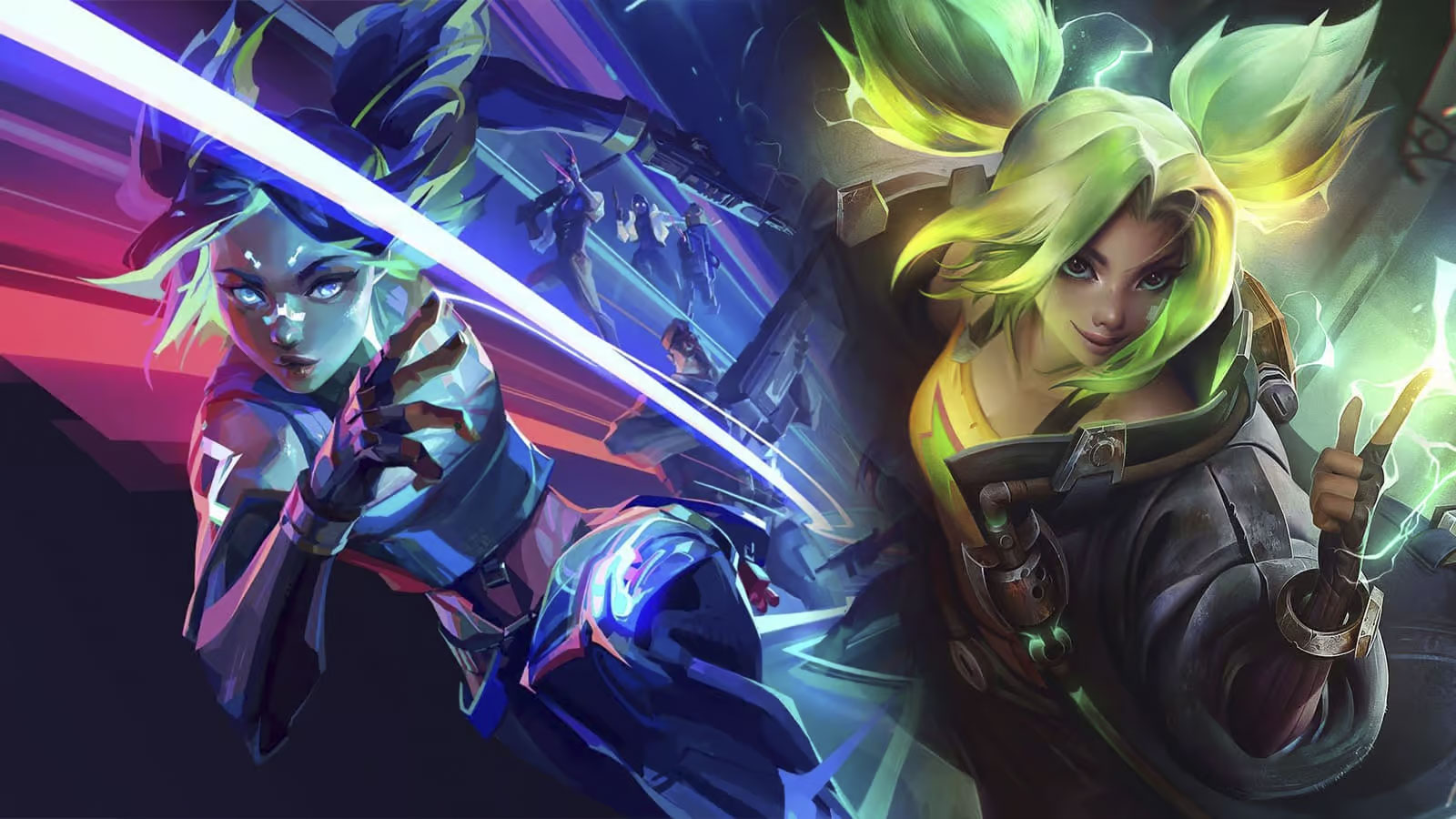
Those of you who are more familiar with the other Riot game would connect the dots and notice that Valorant ranks aren’t too dissimilar from League’s. I guess Riot subscribes to the philosophy of “if it isn’t broken don’t fix it”, although many would argue otherwise.
Right from the get-go, both games feature a parallel naming scheme for the lower ranks as Iron, Bronze, Silver, Gold, Platinum, and Diamond are common to both games, with Grandmaster being reskinned as Radiant. Even the rank-up threshold is the same, requiring 100 points in either game.
The regional top 500 leaderboard in Valorant is also comparable to League of Legends’ Challenger tier, functioning as a fixed-size rank reserved for the top few players that showcase unparalleled skill to anyone else.
The most notable difference between the two systems lies in the composition of ranks. In Valorant, each rank consists of three tiers, with three being the highest whereas League employs a 4-division structure per rank with one being the highest. Additionally, there aren’t any promotion series to rank up in Valorant, a departure from the system in League.
Here’s a shocker; that gleaming gold or platinum emblem adorning your career tab is not your true rank, it’s all an illusion! Well not technically, it’s more like the reflection of your actual skill level which is quantified by a number, called the MMR.
Your MatchMaking Rating, known as MMR (or elo), is a numerical value (along the lines of 1500, 2000, etc…) that defines your skill level. To put it in a nutshell; it’s an indicator of how skilled the game perceives you to be, with your visible rank closely linked to the average performance expected from players with your MMR.
This rating is continuously updated after each match, factoring in wins, losses, and individual performance to determine whether you’re worthy of promotion or not. You may have noticed that, after a prolonged loss streak, a victory yields fewer Rank Rating (RR) than a normal win. This is due to your MMR dipping significantly due to losses, prompting the system to recognize that you’re playing below your rank. In contrast, this is how you see players double or even triple rank up after a game after a winning streak!
What also makes MMR even more important is that it persists across episodes unlike your visible rank, we will explore this aspect in further detail later in the article.
Unfortunately, you can’t directly view your MMR. However, you can determine it by monitoring your RR gain or loss after each match; If you consistently gain more RR from each victory than what you lose, or frequently encounter players of higher ranks, congratulations! You’re on the path of climbing up rapidly to a rank that better aligns with your MMR, i.e. a division where your MMR matches that of the average player since yours is higher than your current rank estimate. Conversely, if you experience a net loss of RR or consistently face players of lower ranks, you’d better tap more heads, as it’s indicative of the game realizing that it overshot your actual rank (meaning your MMR is lower than your current rank) and that you belong with the scrubs down the ladder.
And as we know, the lower you go the more your team would throw. Nobody wants to be stuck in Elohell with the Irons now, do they? So why not explore our store page and seize the opportunity to acquire a Diamond account? It’s a chance to demonstrate your prowess and prove you’re worthy of that purple medal!
As you’re aware by now, RR is the bread and butter of ranking up, no RR no GG. Therefore, it’s crucial to focus on optimizing your RR fluctuations even in defeat! This is the neat thing about Valorant ranked system as you’re not always held hostage in a terrible rank by an unfortunate MMR dip, your final gain hinges on other factors within your control.
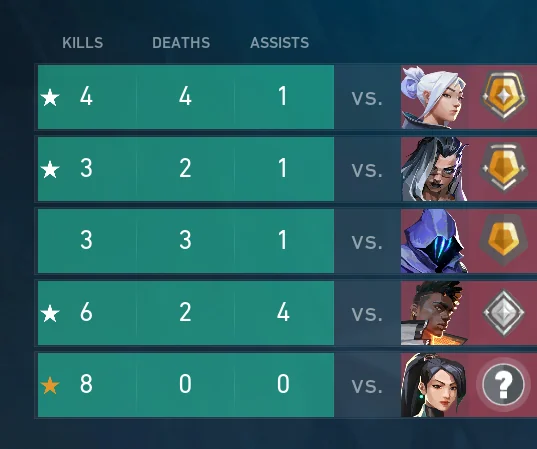
Your individual performance and impact on the game’s outcome play a pivotal role in determining your RR payback. It takes into account the combat score that you get at the end of each game (it’s an assessment that sums up your plays, kills, support, economy, assists…). Outperforming your peers in the same rank **earns you better rewards or mitigates high RR losses when you show good resistance even when you lose. Keep an eye out for that white or yellow star next to your score after a game—That’s Valorant’s way of patting you on the back.
Additionally, The round differential is also factored into the equation, a 5-13 loss is viewed differently from a 12-13 one; the latter incurs fewer RR deductions. It works the other way around as well so one-sided stomps will be much more generous in terms of RR than a hard-fought victory. You’ve got to also keep in mind that a surrender immediately considers the enemy team victorious with 13-round wins ( so an ff at 2-7 will count as a 2-13 loss). Think again the next time you press that Forefit button!
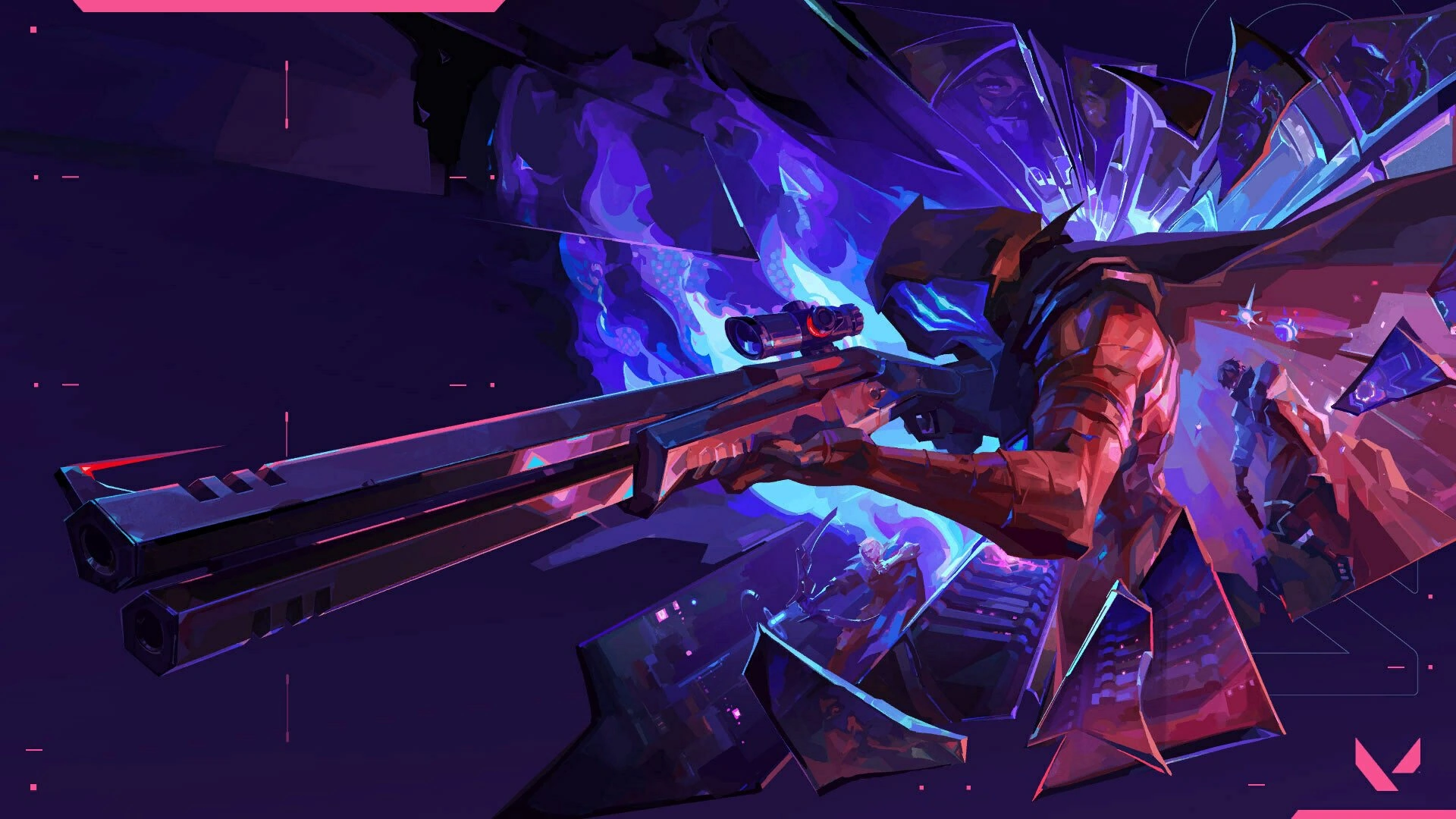
To incentivize more competitive play and commitment to the ranked aspect of Valorant, each player is rewarded with a gun buddy representing the highest rank attained during each episode. It’s more of a symbolic symbol of pride than a valuable one, as stacking multiple ranked rewards for many consecutive episodes serves as a testament to one’s dedication to competitive Valorant. Just imagine the gear instilled in your enemies when they spot that Immortal buddy adorning your Vandal!
As a hardcore FPS game, many take Valorant’s competitive side seriously, and as such higher ranks prove to be a badge of skill and a showcase of game mastery. Considering how long the climbing journey to achieve the upper tiers could be, players who managed to reach the ranked summit wear their emblem with pride—an achievement well deserved.
The scarcity of players in higher ranks further underscores the significance of such accomplishments. With less than 5% of the player base achieving Ascendant and above, and a mere 0.02% ascending to the pinnacle of Radiant, those standing atop the ladder truly epitomize excellence!
Moreover, if you’ve really got what it takes and managed to nail your name on the top 500 Leaderboard, it could catapult you to the spotlight, attracting the attention of esports organizations, a presenting a good opportunity to kickstart a career as a professional player.
To keep Ranked play fresh and exciting, Valorant implements subtle rank adjustments at the start of each act (occurring approximately every couple of weeks) with more significant resets at the end of each episode (aka. 3 Acts).
For the Act resets, your actual rank isn’t that much different, it’s just hidden until you play a single match to recalibrate your competitive standing.
However, when it comes to Episode resets, everyone, regardless of rank from Iron to Radiant is brought back down to Unranked as they have to play 5 Placement games in order to be placed on the ladder again.
It’s important to note that the highest rank you could reach after your placements, even if you win all 5 games, is capped at 3 tiers below your rank during the previous episode (For example, if you were Plat 3, the highest you can be placed at is Gold 3. Also, you can’t be placed above Ascendant even if you were Rank 1 Radiant). In contrast, your MMR remains unaffected, which means that even if you were placed way below your last rank, you can climb back up easily as your MMR is higher than your current rank’s average (in that Plat example, even though you’re Gold 3, you’ve still got a Plat 3 MMR so you’ll earn more RR from victories). This advantage however isn’t solely linked to you as most players in any given rank at the start of an episode are originally of higher ranks. This discrepancy often results in tougher matches early in the episode.
This might seem like a daunting aspect of the game, but imagine the alternative: a stagnant ranking system where players remain in the same rank indefinitely. Remember that each time someone ranks up someone else has to rank down, so these resets are pretty necessary to keep Ranked play fresh and rewarding, giving you a second shot to prove yourself in each placement and most importantly to prepare the community for major updates!
While new content doesn’t interfere directly with the mechanics of the ranked system, it invariably shifts how the community approaches it and indirectly influences how each ranked season plays out.
For instance, the introduction of a new Agent often prompts players to adopt them as their main, leading to an arms race to optimize them and build a new playstyle that forces you to adapt to it as well whether you’re an ally or an enemy. This newfound dynamicity changes how teams approach their victory, compelling them to play according to these new game mechanics. Let’s say for example the Attackers’ meta in Split is an A rush by smoking rafters and screens and back site; If a new agent that’s capable of dispelling smokes or seeing through them, such strategies won’t be as viable anymore and new ones need to be perfected.
New maps, on the other hand, are more impactful. As map selection is randomized at the start of each game, any given map in the active pool is unavoidable. To ensure a smooth climb (and avoid dodging each time it is picked) players are incentivized to learn said map and perfect its intricacies in order to stay ahead of everyone else, which in ranked terms means climbing up. Moreover, the introduction of unique gameplay mechanics, such as portals on Bind or doors in Lotus, prompts the emergence of innovative strategies aimed at leveraging even the slightest advantage for a swifter climb in the long run.
Ranked Valorant is a fierce battleground populated by all kinds of players, from the tryhard to the laid-back and even the toxic. Therefore, the most crucial aspect—and perhaps the best for both newcomers and veterans alike—is to maintain a positive mindset and have fun! This is why we all play Valorant at the end of the day.
